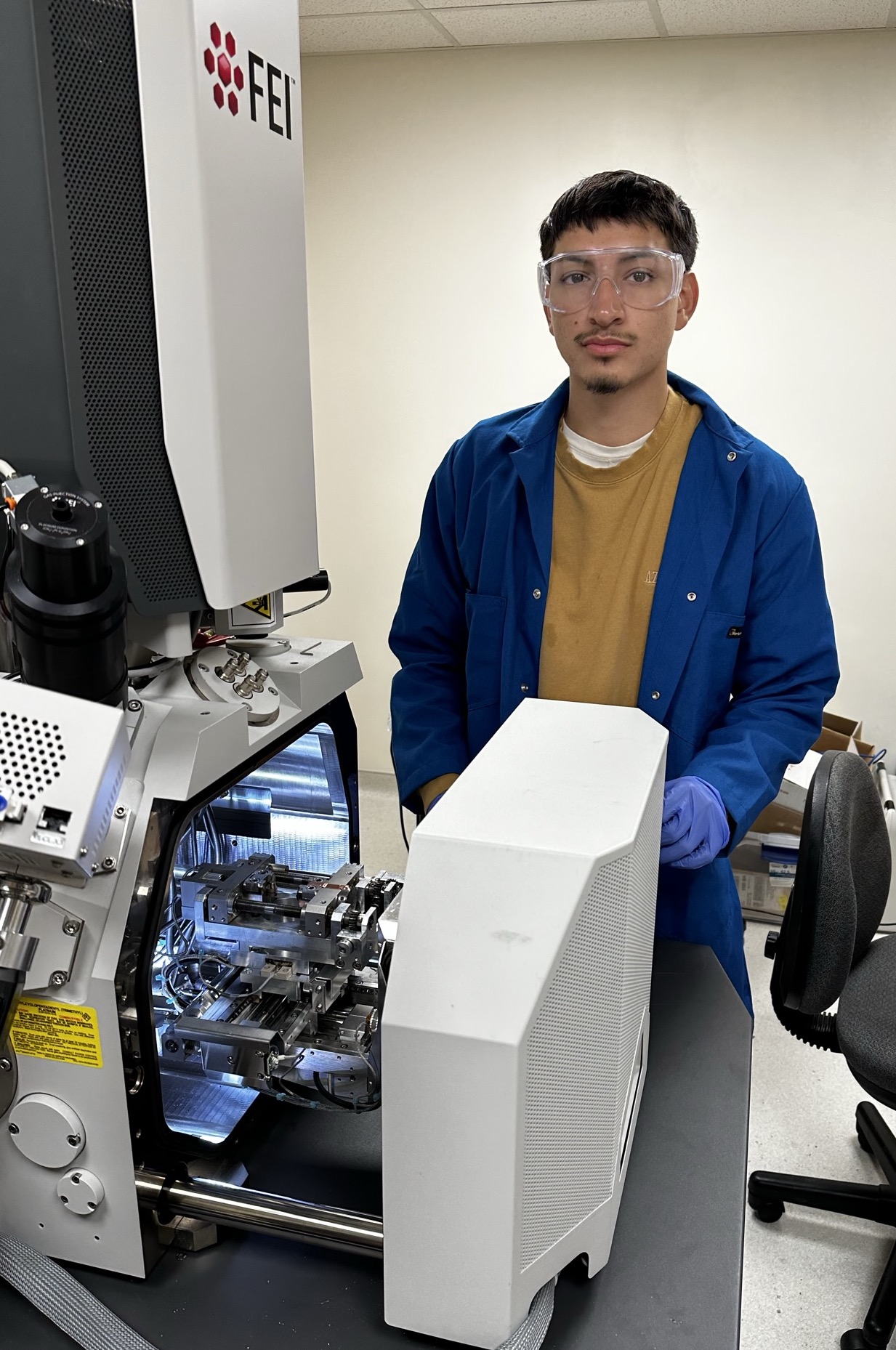
This study investigates the potential of 3D printed M2 maraging steel to improve naval part development and replacement. Identifying the mechanical properties of the steel enables future use of additive manufactured (AM) parts for naval operations. The AM process enables rapid prototyping, reducing costs and time. M2 maraging steel samples were manufactured through a powder bed fusion system. Samples were polished to achieve fine surface quality and map out crystal orientation by electron backscatter diffraction (EBSD) patterning, which also identifies grain structure. Mechanical testing will be done through a small-scale load frame to identify tensile strength which creates deformation on the sample surface. Digital image correlation will be used to identify displacement patterns and align them to EBSD data. However, challenges arose during the polishing process such as corrosion, pitting, and rough surface finish issues. Based on EBSD results, nano granular structure was observed in the sample, which creates sensitivity to water, resulting in corrosion. This corrosion sensitivity presents serious concerns in parts designed for naval purposes. We are exploring additional heat treatment of the steel to help mitigate these effects. Improving the grain structure should increase resistivity to corrosion and enhance the functionality of this material.